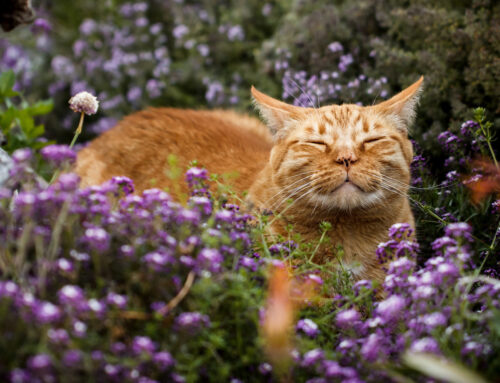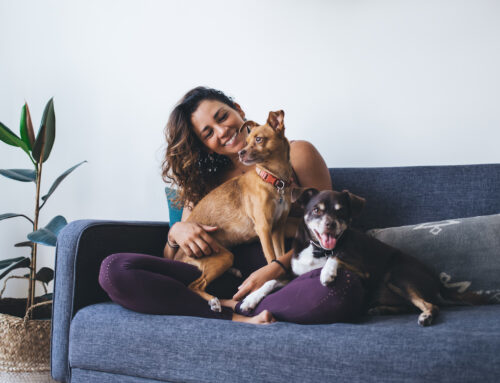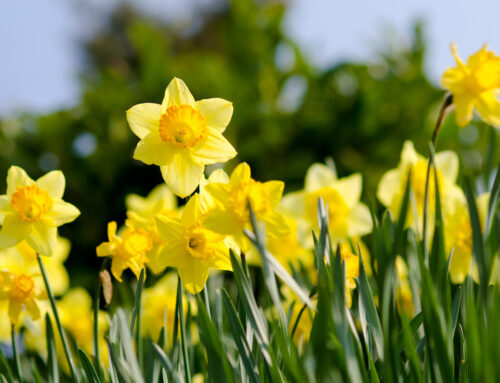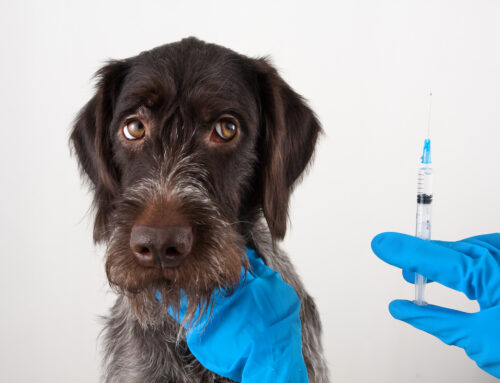It’s not uncommon for a dog to get dirty and require a bath. However, many dog owners are unaware of the best procedures for washing and dog grooming. This blog provides insight on how to groom a dog, including the best ways to bathe and brush them.
How Frequently Should You Bathe Your Dog?
When it comes to dog grooming, you might be wondering how often you should bathe your pup. After all, too much or too little bathing are both possibly harmful.
The frequency of washing a dog depends on the dog in question. It’s a good idea to wash your dog once every four to six weeks. In addition to bathing, it is a wise idea to brush your dog at least once a week. This is important for several reasons:
- It’s crucial to keep your dog’s coat clean.
- Regular brushing prevents a range of skin issues, including itchy, oily fur.
- Brushing your pup removes dirt and debris from the coat, preventing buildup.
Meanwhile, longer periods without bathing your dog can lead to health problems. Let’s discuss why routine dog grooming.
Why is Routine Dog Grooming Important?
Why is it crucial to wash your canine? Even though dogs don’t require to be washed as frequently as people, it is important for their overall well-being.
Dog grooming is important for many reasons. Neglecting this area of dog care can result in:
- The skin can become irritated if oils build up
- A dog’s skin becomes excessively dry and itchy
- Your house may become covered in dandruff that begins to flake off
- You might find mats in your dog’s fur, which is painful for them and difficult to brush out
- Your dog can start to smell quite unpleasant, especially if any skin infections occur
- A dog’s skin can be home to a variety of pests and parasites
There is no better time to begin washing your dog on a regular basis than now. Here, we’ll discuss the basics of dog washing. This includes choosing the best shampoo and conditioner!
How to Bathe a Dog (the Right Way)
You can put a dog in a bathtub, lather him up with shampoo, and douse him with water. However, there are methods that can assist you in providing your dog with the best bath possible.
Skincare, as well as overall health, can be enhanced by giving your dog an adequate bath. Here are some steps to consider:
Choosing a Dog Shampoo and Conditioner
There are a lot of shampoos and conditioners available to choose from. What are the best ones? Dogs get a large variety of shampoos and conditioners to select from.
You can purchase shampoos and conditioners from supermarkets or veterinary clinics. You can buy traditional shampoos and conditioners as well as organic products.
Be careful when washing your dog, whether you use shampoo or conditioner. There is a chance of contact allergy if the dog is exposed to a new shampoo or conditioner.
Itching, paw biting, excessive licking, skin redness, skin swelling, bald spots, and skin rashes are all signs of an allergic reaction. Please contact your veterinarian if your dog experiences any of these symptoms.
Do you need recommendations on the best dog shampoo and conditioner? Be sure to contact us at Animal Care Center for help.
The Art of Shampooing a Dog
It is important to dilute the shampoo in water before using it. Leaving the shampoo in a bowl of water will help the suds spread evenly over the coat.
Start by washing your pup with warm water. You can test the temperature by holding your hand against it. If it feels good to you, the temperature should feel comfortable for your dog.
Here are steps to follow when you are ready for shampooing and conditioning:
- Massage your dog all over, working the shampoo into the skin. Rinse away the soap with warm water when you are finished. Make sure it is rinsed thoroughly.
- After shampooing, a conditioner should be applied. Massage it into the dog’s skin. Let it sit for several minutes before washing it away.
- Make sure you rinse your dog well after using conditioner. This is to ensure that no product remains on the dog’s coat. Leaving the product on the dog’s coat can cause serious irritation.
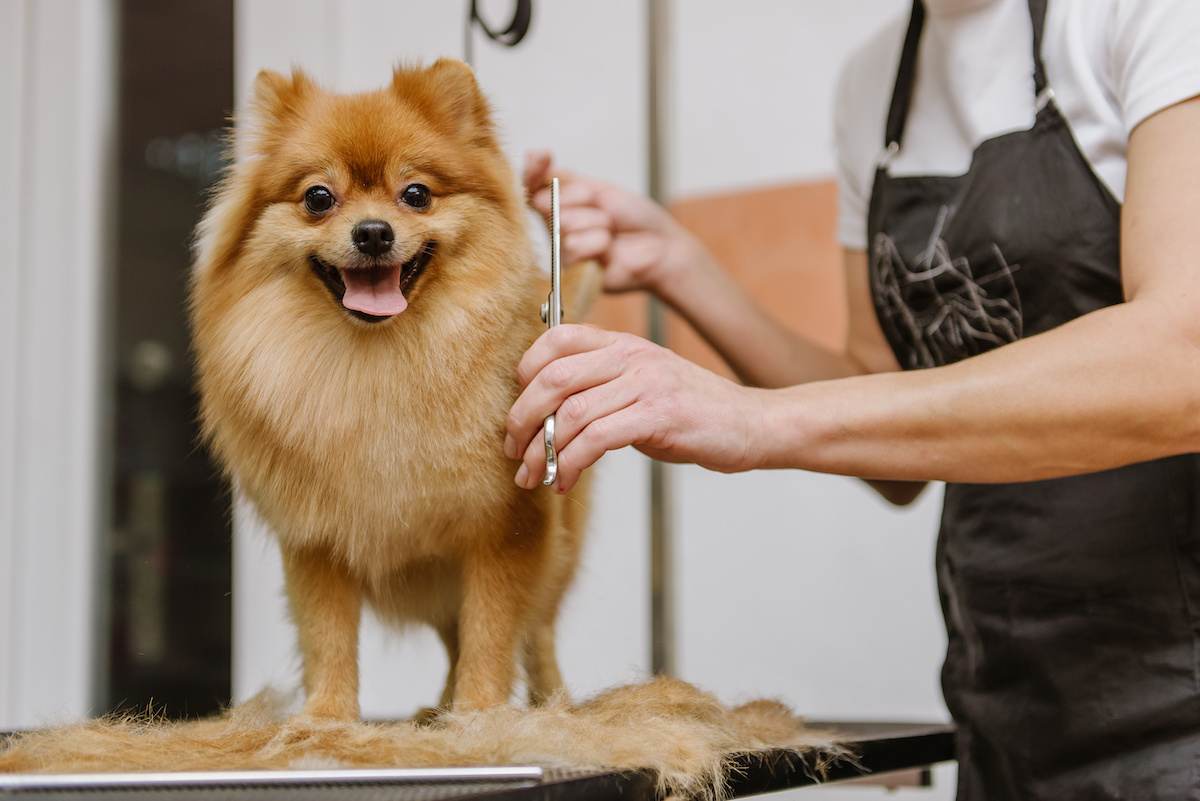
How to Wash a Dog’s Face
You can wash a dog’s face as needed to prevent the build-up of grease and dirt. But how do you wash a dog’s face?
- Begin by gently rubbing the dog’s face with a wet cloth to remove any dirt or goop inside the corners of the eyes.
- Follow this by wiping the dog’s face with a damp cloth to remove any excess moisture, then dry the dog’s face with a clean cloth.
- Finish by brushing the dog’s face with a brush to remove any tangles caused by matting.
Cleaning a dog’s body is fairly simple, but you must remember to wash his face. Because shampoo and conditioner might get into the eyes or nose, those areas are more difficult to clean.
When washing a dog’s face, you should do it at the end of the bath to avoid getting soap inside the eyes. To help you, take a washcloth and gently rub your dog’s face. Be careful to avoid contact with the eyes if there is soap residue on the washcloth. To help avoid contact with soap, use a fresh washcloth that’s specifically used for your pup’s face.
If you are having a difficult time with the eyes, here’s a tip. You can use a toothbrush to clean your dog’s eyes. You may also remove eye goobers using a washcloth that is wet and free of soap.
The Art of Brushing Your Pup
It’s best to brush your dog’s hair before bathing. This helps to rid of excess hair, dander and debris from his coat.
Your dog’s hair must be brushed in accordance with his breed. Some breeds require little maintenance while others require frequent maintenance. No matter the breed, a regular grooming routine ensures that your dog is familiar with the brush.
But what is the best way to brush a dog? Here are some steps to consider:
- Begin by brushing your puppy’s chest with your brush while sitting down with him or her.
- It’s not necessary to brush your dog’s hair harshly; just brush it as you would your own.
- Brushing a dog’s coat in the wrong direction can anger your dog. Brush his hair in the direction that the hair grows.
- When a dog is very matted, you can use a coat conditioner to help ease the tangle. You may need to leave it on the tangle for some time and brush it through with a comb. If you are having a very difficult time with mats in your dog’s hair, please contact our grooming services for help.
- Your dog should get used to the brush over time. You can reward calm behavior with food treats while brushing. Your dog will associate brushing her hair with positive reinforcement.
How to Choose a Brush for Dog Grooming
Just like human hairbrushes, there are many varieties of dog brushes available. What kind of brush should you use to brush your dog? Similar to shampoos and conditioners, there are many different types of dog brushes available on the market.
Here is a list of all the grooming brushes you can choose for your dog:
- Slicker brushes are ideal for medium to large dogs with thick hair. They’re also ideal for dogs with curly coats. Slicker brushes have short wires in close proximity that help eliminate tangles. While brushing your pet, be gentle to irritate his skin.
- Rake brushes are ideal for reaching deep into a dog’s thick coat. Look to match the length of the dog’s coat with the length of the teeth when using a rake brush. You can use it to remove tangles and dead hair from the undercoat. By choosing the correct length, it ensures that you are able to reach the undercoat while avoiding scratching your dog’s skin.
- A bristle brush works best for short-haired dogs with smooth coats, such as a miniature pinscher or a short-haired Chihuahua. The tightly packed bristles remove loose hair from a dog’s coat while massaging the skin.
- Pin brushes are best for removing mats, tangles, dirt, debris, and loose hair from the coat. You’ll want to use pin brushes on dogs with medium to long hair, or curly hair such as Yorkshire Terriers.
Dog Grooming from Animal Care Center
Whether you don’t have time or don’t feel confident in caring for your dog, Animal Care Center can assist. We provide expert dog grooming services to keep your dog healthy and content, regardless of the breed. Please contact us to schedule an appointment for grooming.


